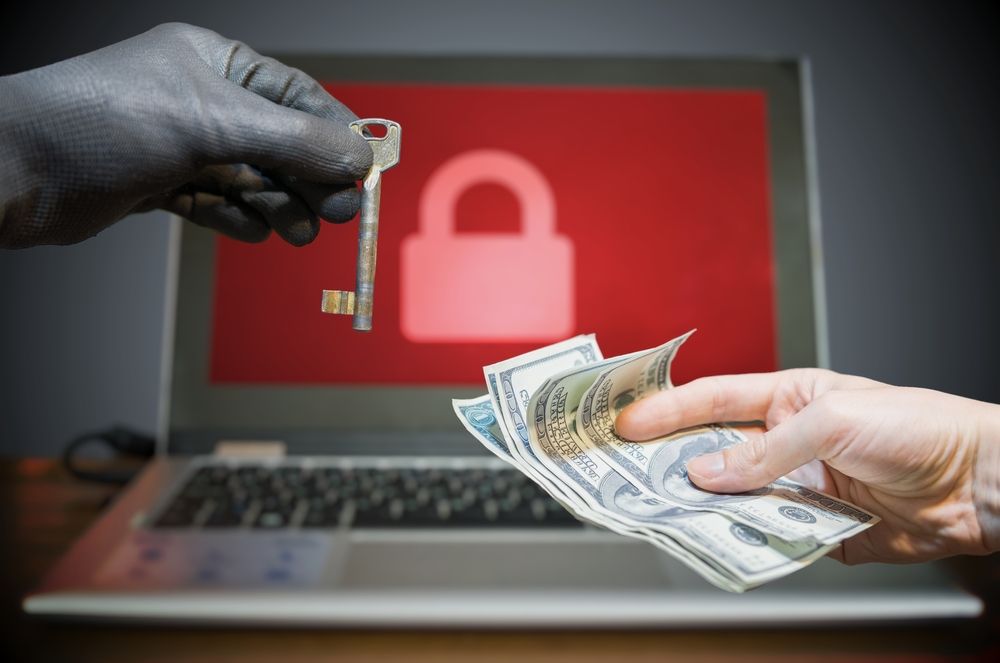Active Ransomware Attack Targets US School Districts
Cybercriminals have learned that schools are prime targets for ransomware attacks — don’t let your school be the next victim. Cyber threats are a...
3 min read
 Tony Ridzyowski
:
Apr 26, 2021 11:26:25 AM
Tony Ridzyowski
:
Apr 26, 2021 11:26:25 AM
Remote learning has made children more vulnerable to identity theft, malware attacks, and phishing scams than ever before. Learn how to keep them protected.
Hackers have been exploiting a variety of vulnerabilities throughout the COVID-19 pandemic. It’s no surprise, then, that they have taken advantage of the security vulnerabilities brought on by remote learning. In addition to a rise in phishing and malware attacks over the past year, remote learning has exacerbated a relatively rare, but still significant issue: child identity theft.
Child identity theft occurs when a hacker steals a child’s social security number and uses it to do everything from applying for loans and utilities, to opening bank and credit card accounts, to renting an apartment. In most cases, no one knows the child’s identity has been stolen, meaning the theft can go undetected for years.
A child’s identity is very attractive to thieves for two main reasons: children have no credit history, and usually no one is checking to see if a child’s identity has been stolen. And now with the shift to remote learning, children are spending more time than ever before interacting online — particularly through Zoom and social media. This increases the chances that they will click on the wrong link and give a cyber criminal access to their device and network, potentially putting their whole family at risk. Once a bad actor has that access, gaining sensitive personal information becomes simple.
Scammers also prey on the generally trusting nature of children. At a time when social media is top of mind for so many kids, it offers a way for scammers to easily start interacting with them. All of this makes it more important than ever for parents and schools to educate children about cyber safety practices, including never speaking to anyone you don’t know online and avoiding suspicious links.
In addition to child identity theft, more standard vectors of attack like phishing and ransomware attacks targeting students have also been on the rise throughout the pandemic. Remote learning means that many students are using their own devices to connect to the school network every day. Not only does more time on a device mean more opportunities to click the wrong link, but those devices often lack the security features that can help keep bad actors out.
Given that the early days of the pandemic saw schools scrambling to find a way to deliver high-quality instruction remotely, few institutions devoted the necessary time and attention to cyber security in the new remote learning landscape. Now that things are more settled, however, it’s urgently important that school districts take steps to avert these threats.
The biggest cybersecurity priorities for schools should be:
Controlling access to sensitive data: Schools have a treasure trove of sensitive data that cyber criminals would love to access. To ensure that the personal data of students, alumni, teachers, and administrators stay protected, schools need to ensure that only authorized users are able to access data — and only the data they need to perform their job.
Role-based permissions can help with this. In particular, Aruba ClearPass offers provision access controls to keep your school’s data secure. Further, it automatically identifies unmanaged devices to protect data and establish better network visibility.
Protecting against malware: Remote learning means that more students and teachers are connecting to school networks via their personal devices — many of which may not have the same cybersecurity measures in place that a school device would. Schools need to make sure they install software that can identify and block malware from accessing their network.
Protecting against phishing: Phishing and other social engineering attacks have long posed a major risk to schools. In addition to installing cybersecurity software like firewalls, awareness training that helps students and staff identify and avoid suspicious links can protect against these attacks.
Investing in cybersecurity solutions: The best way to tackle all these challenges is by investing in a cybersecurity solution that will do the heavy lifting for you. Palo Alto Cloud Security Global Protect, for instance, is built to keep schools and businesses safe in the mobile era, making it a perfect fit for schools navigating remote learning.
With Global Protect, you can ensure only authorized users are accessing your network thanks to multi-factor authentication, cookie-based authentication, and simplified certificate enrollment support. You can also set security policies for application traffic across all ports on your network to secure remote access. You can even automate identification and access control to support BYOD policies. All that means stronger cybersecurity and better-protected students.
In the face of these security risks, it’s important for schools to get serious about cybersecurity. One of the best ways to ensure you’re making the right investments to protect your school and students is by finding a trusted security partner.
The team at Turn-key Technologies, Inc. (TTI) is ready to be that partner. Our cybersecurity experts can help you identify your most significant security vulnerabilities and then find the perfect solutions to tackle them. Contact TTI today to learn how our experts can help you stay cyber secure.

Cybercriminals have learned that schools are prime targets for ransomware attacks — don’t let your school be the next victim. Cyber threats are a...

From attacks on school districts to government organizations, bad actors are increasingly using ransomware to attack the public sector.

You know that major cream cheese shortage that’s been making headlines? It turns out hackers were behind it. And it was only one of several major...